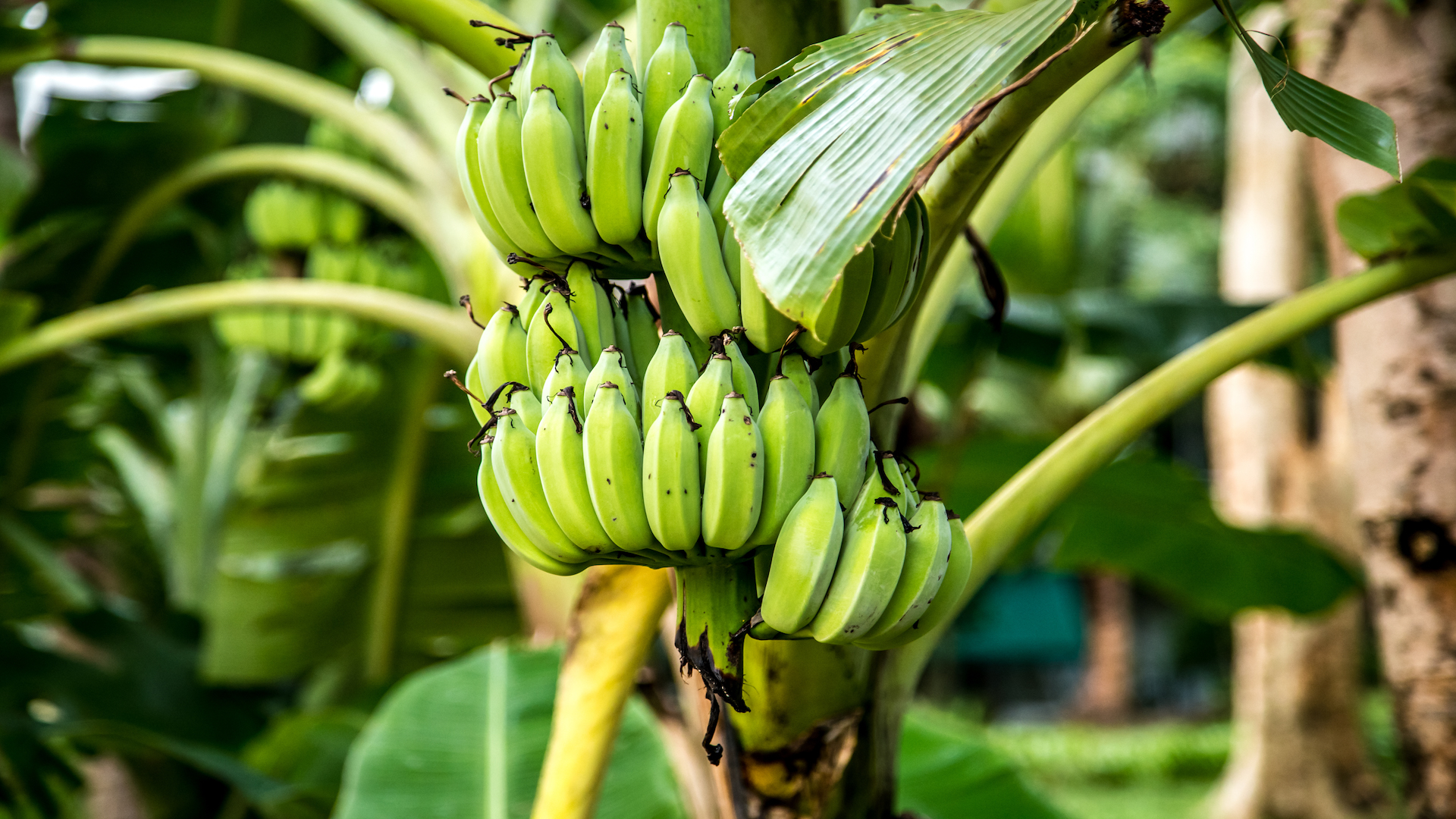Bananas are known as potassium-rich fruits that go well with breakfast. But that's not all; they're also high in many other nutrients like vitamin B6, folate, and fibre.
Unlike what you might think, bananas don't grow on trees. Rather, they grow on herbaceous plants that have a 'trunk' that isn't made from wood.
Here are 9 things you might not know about bananas in Australia.

1) North Queensland is the greatest source of Aussie Bananas. In fact, around 94% — or a whopping 389,000 tonnes — of bananas come from North Queensland.
2) Australia doesn't import bananas. This is possible since bananas can be grown year-round in the Australian climate. Also, import would be difficult due to the strict import regulations on fresh produce in the country.
3) Bananas are harvested before ripening. That's because they ripen after harvesting, and because transporting them is easier before they get too soft and ripe. Plus, most people prefer buying bananas that are not yet completely yellow.
4) Bananas are curved because they grow upwards towards the sun (this process is called “negative geotropism”). In other words; growing bananas fight gravity which results in their characteristic, curved shape.
5) An estimated 28 million cartons of bananas are produced annually in Australia. Each carton contains 13 kg. Assuming that the average banana weighs 136 grams, the annual production equals more than 2,5 billion bananas! The value exceeds an impressive $565 million.
6) An estimated 10-30% of bananas get discarded before leaving Australian farms, mostly due to their appearance. For example, they're discarded if they're too long, too short, too curvy, or not uniform in colour. In 2008-2009, 37.000 tonnes of edible bananas were discarded on farms, equalling about 272 million bananas. Parts of this waste is utilized as compost or livestock feed.
7) Australians eat 5 million bananas a day. That means that about 1 in 5 people have a banana daily!
8) “Cavendish” is the most common type of banana grown and consumed in Australia. This is the long, slightly bent, and perfectly yellow type that you find in most supermarkets. “Ladyfinger” is also popular, and is a smaller, slightly sweeter, and slightly more bent variety.
9) The nutrition of a banana changes as it ripens. The starch-content is around 37% in non-ripe bananas, but it is only 3% in very ripe bananas. Instead, very ripe bananas have a higher content of the sugars glucose and fructose. This explains why non-ripe bananas are both firmer and less sweet than their ripe counterparts. It also means that unripe bananas have a lower glycemic index, meaning that they raise your blood sugar more slowly.
Did this make you hungry for bananas? If so, remember that you can add 1kg of regular or organic Aussie bananas to your next Dinner Twist order from the Dinner Twist Marketplace!

 view our boxes here
view our boxes here

